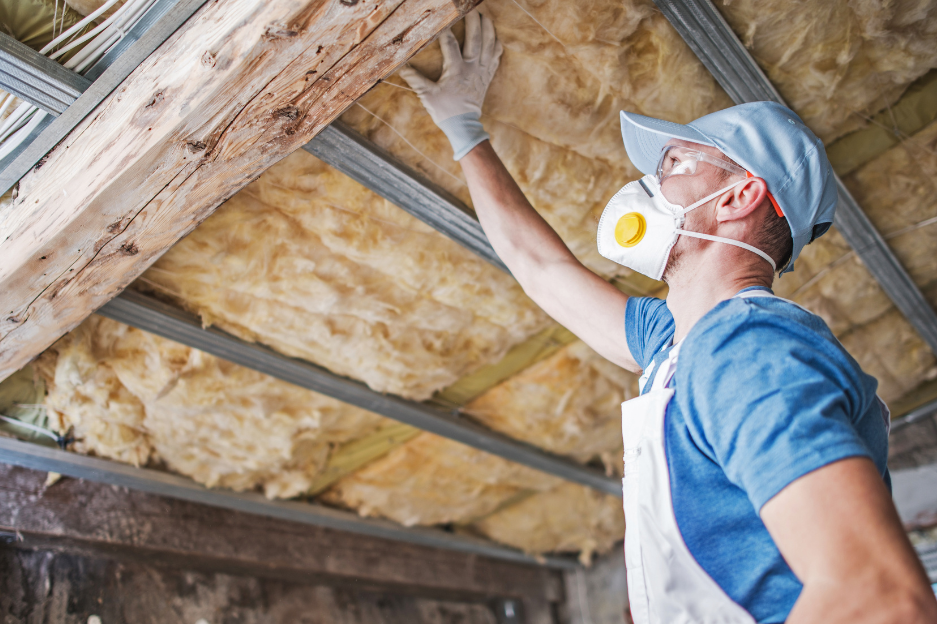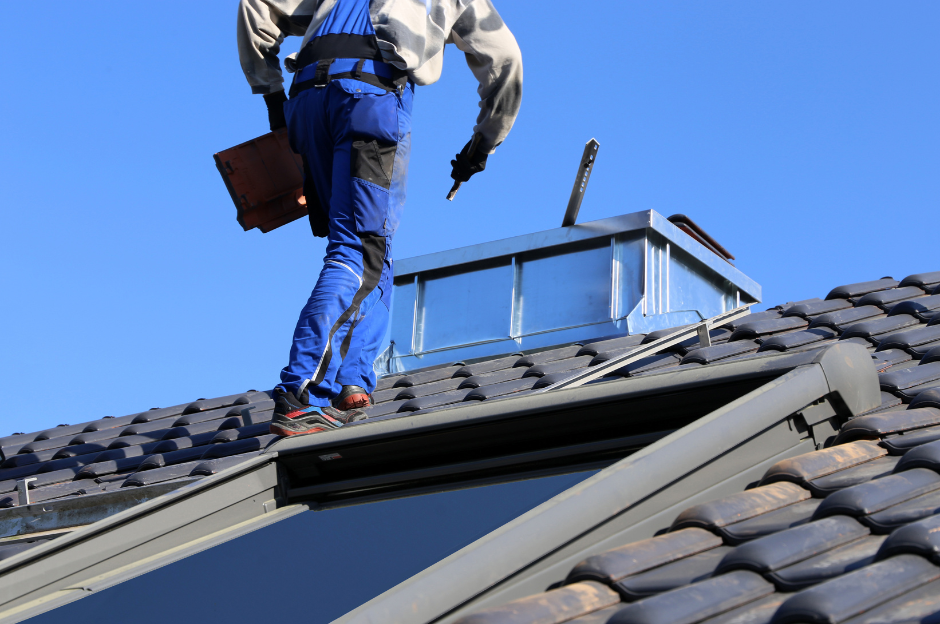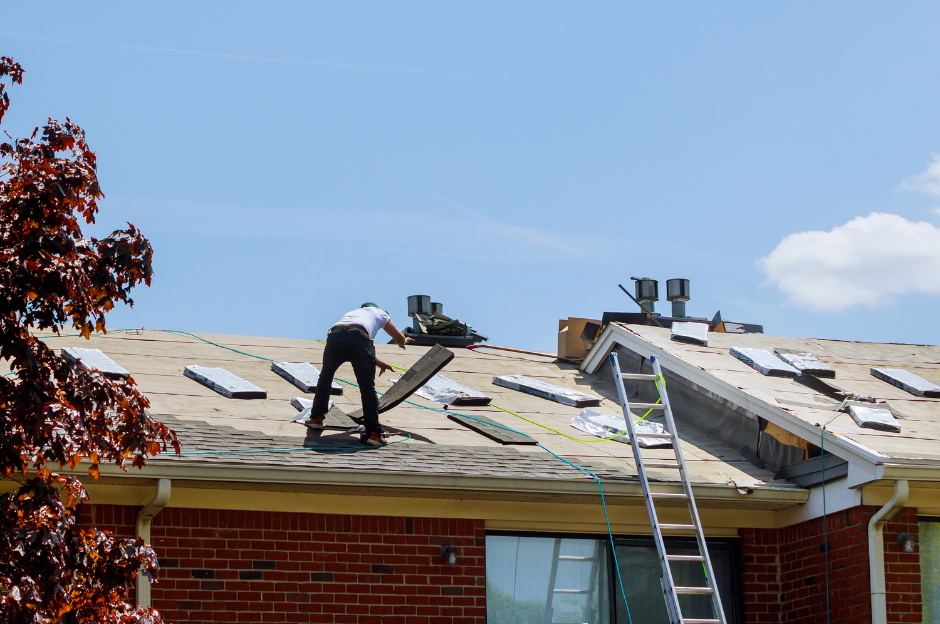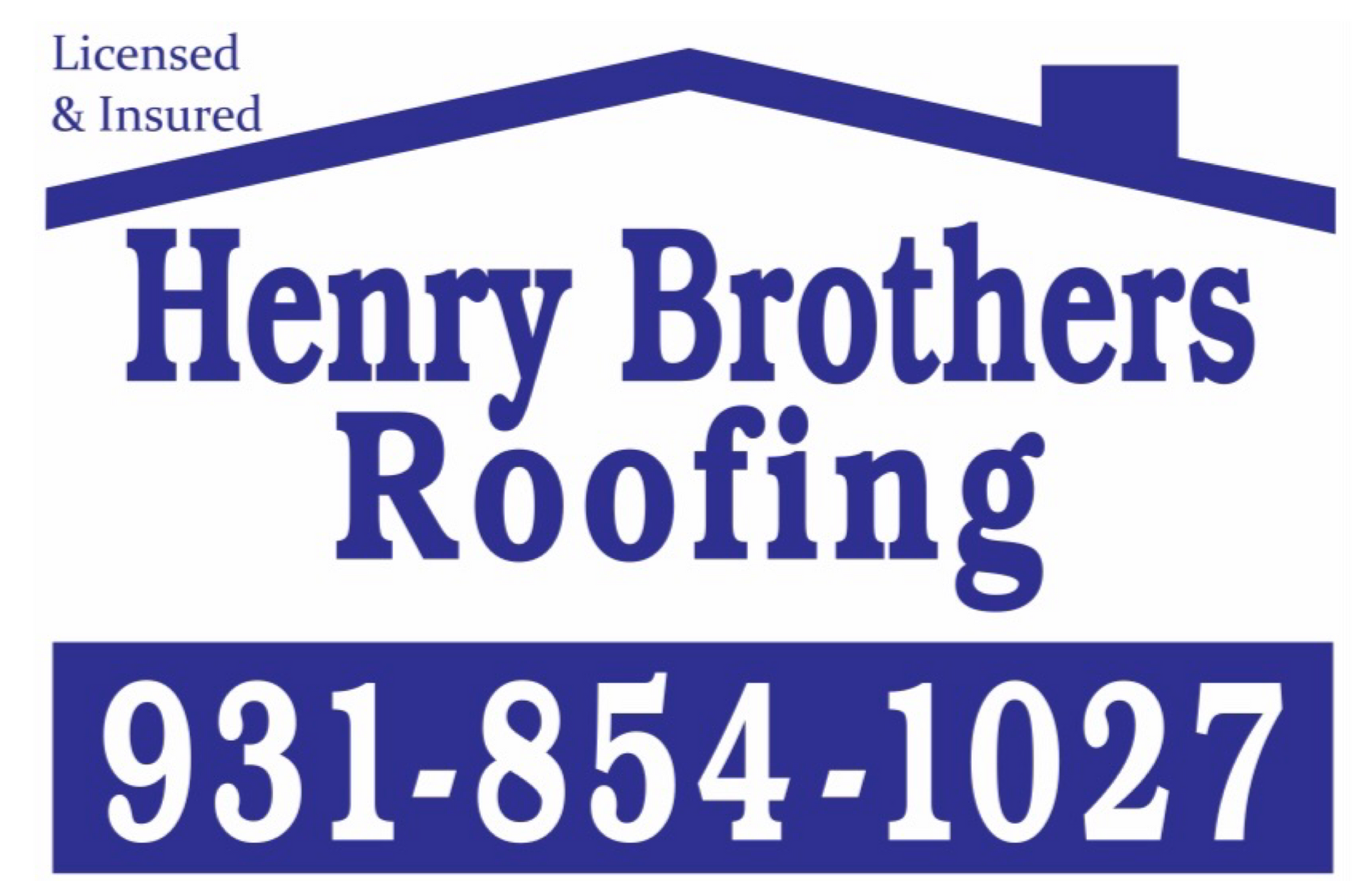Comparing Roofing Quotes: How to Ensure You Get the Best Value
January 25, 2024

Replacing or repairing a roof is a significant investment for any homeowner. When undertaking such a project, obtaining quotes from roofing contractors is a crucial step in the process. However, comparing roofing quotes can be daunting, as they often vary in terms of scope, materials, labor costs, and overall value. In this blog post, we'll discuss how homeowners can effectively compare roofing quotes to ensure they get the best value for their investment. From understanding the components of a roofing quote to evaluating key factors, we'll provide actionable tips to help homeowners make informed decisions and achieve quality roofing results.
Understanding the Components of a Roofing Quote:
Before diving into the comparison process, it's essential to understand the various components that make up a roofing quote. A typical roofing quote should include the following key elements:
Scope of Work: A detailed description of the work to be performed, including the type of roofing materials, repair or replacement services, removal of old materials, installation procedures, and any additional services or warranties provided.
Material Specifications: Specifications for roofing materials, such as shingles, underlayment, flashing, vents, and other components, including brand, model, color, and quantity. Clear specifications ensure consistency and quality in material selection.
Labor Costs: Breakdown of labor costs, including hourly rates, project duration, number of workers, and any additional labor-related expenses. Labor costs may vary based on the complexity of the project, location, and contractor expertise.
Additional Services or Upgrades: Any additional services, upgrades, or optional features offered by the contractor, such as roof inspections, gutter installation, attic ventilation upgrades, or extended warranties. These extras should be clearly outlined with associated costs.
Payment Terms and Schedule: Payment terms, schedule, and methods accepted by the contractor, including deposit requirements, progress payments, and final payment terms. Understanding payment terms helps homeowners plan their budget accordingly.
Insurance and Licensing Information: Proof of contractor insurance coverage, licensing, bonding, and certifications to ensure compliance with local regulations and industry standards. Working with licensed and insured contractors provides peace of mind and protects homeowners from liability.
Evaluating Key Factors in Roofing Quotes:
When comparing roofing quotes, homeowners should consider several key factors to determine the best value and suitability for their needs:
Quality of Materials: Assess the quality and durability of the roofing materials specified in each quote. Look for reputable brands with proven performance and longevity. Cheaper materials may result in higher long-term maintenance costs and premature roof failure.
Workmanship and Expertise: Evaluate the level of expertise and experience offered by each contractor. Look for contractors with a solid track record of quality workmanship, industry certifications, and positive customer reviews. Experienced contractors are more likely to deliver superior results and address any challenges effectively.
Warranty Coverage: Review the warranty coverage provided by each contractor, including manufacturer warranties for materials and workmanship warranties for labor. Longer warranty periods and comprehensive coverage offer added protection and assurance against defects or issues post-installation.
Project Timeline: Consider the estimated project timeline provided by each contractor. A realistic timeline that accounts for weather conditions, material availability, and crew availability ensures timely completion of the project without compromising quality.
References and Reviews: Seek references and reviews from past clients to gauge the contractor's reputation and customer satisfaction levels. Online reviews, testimonials, and referrals can provide valuable insights into the contractor's reliability, communication, and overall performance.
Cost Transparency: Ensure transparency and clarity in cost breakdowns and avoid vague or ambiguous pricing. Beware of low-ball quotes that may sacrifice quality or cut corners to undercut competitors. A transparent and detailed quote allows for accurate comparison and helps avoid surprises during the project.
Tips for Making Informed Decisions:
To make informed decisions when comparing roofing quotes, consider the following tips:
Request Multiple Quotes: Obtain quotes from at least three reputable roofing contractors to compare pricing, services, and terms. Avoid relying on a single quote to ensure you have a comprehensive understanding of available options.
Ask Questions: Don't hesitate to ask questions or seek clarification on any aspects of the quotes that are unclear or confusing. A reputable contractor will be transparent and responsive to your inquiries, helping you make an informed decision.
Focus on Value, Not Just Price: While cost is an important factor, prioritize value over price alone. A higher-priced quote may offer superior materials, workmanship, and warranty coverage, resulting in better long-term value and peace of mind.
Consider Long-Term Costs: Look beyond upfront costs and consider the long-term costs of maintenance, repairs, and energy efficiency. Investing in quality materials and professional installation upfront can save money and hassle in the long run.
Review Contracts Carefully: Before signing any contracts or agreements, review the terms, conditions, and warranties provided by each contractor. Ensure all verbal agreements and promises are documented in writing to avoid misunderstandings later on.
Conclusion:
Comparing roofing quotes requires careful consideration of various factors, including materials, labor costs, warranties, and contractor expertise. By understanding the components of a roofing quote, evaluating key factors, and following actionable tips, homeowners can make informed decisions and secure the best value for their roofing investment. Whether it's ensuring quality materials, skilled workmanship, or comprehensive warranty coverage, homeowners can confidently select a roofing contractor that meets their needs and delivers quality results for their home.
Henry Brothers Blog

Multi-family buildings pose unique challenges for roofing—requiring durable, efficient, and cost-effective solutions that serve multiple households simultaneously. Selecting the right system and partner can significantly impact long-term maintenance and energy bills. Common Roofing Challenges in Multi-Family Properties Large surface areas Multiple penetrations (vents, HVAC units) Noise and disruption during installation High foot traffic for maintenance Energy efficiency Efficient Roofing Materials TPO (Thermoplastic Polyolefin): Lightweight, reflective, and energy-efficient. Ideal for flat or low-slope roofs. Modified Bitumen: Offers durability and weather resistance. Works well for larger structures. Metal Roofing: Long-lasting and low-maintenance. Higher upfront costs but excellent ROI. Asphalt Shingles: Budget-friendly and easy to repair. Better for pitched multi-family homes. Affordability Strategies Bulk Purchasing Discounts: Roofers often offer lower rates for large-scale projects. Energy Rebates and Tax Credits: Cool roofing materials may qualify for incentives. Roof Coatings: Extend lifespan and defer full replacements. Preventive Maintenance Plans: Regular inspections reduce major repair costs. Partnering with the Right Contractor Choose a roofing contractor experienced in multi-family dwellings. Look for: References from similar projects Warranty offerings Insurance and licensing Clear timelines and communication protocols

Your roof is one of the most defining features of your home’s architecture. A well-designed roof complements the style, era, and character of your house, enhancing both curb appeal and value. Whether you own a modern home, a Victorian masterpiece, or a Mediterranean villa, choosing the right roofing materials and design is essential. This article explores custom roofing solutions for different architectural styles, ensuring your roof is both aesthetic and functional. 1. Why Custom Roofing Matters A one-size-fits-all approach doesn’t work for roofing. Here's why customization is key: 🏡 Preserves Architectural Integrity The roof should match the home's era and design. A poorly chosen roof can clash with the architecture and reduce property value. 💰 Boosts Home Value & Curb Appeal A well-matched roof enhances visual appeal, making your home stand out. Homebuyers prefer houses with roofs that fit the overall design. 🌦 Enhances Durability & Efficiency Custom roofing accounts for climate, slope, and insulation. Choosing the right materials ensures longer roof life and energy efficiency. 2. Best Roofing Materials for Different Architectural Styles 🏗 Modern & Contemporary Homes Modern architecture focuses on clean lines, minimalism, and energy efficiency. Best Roofing Options: ✅ Flat Roofs – Achieve a sleek, contemporary look. ✅ Metal Roofing – Durable and complements modern aesthetics. ✅ Green Roofs – Eco-friendly and visually striking. ✅ Solar Panels – Integrate renewable energy solutions. 🏰 Victorian & Gothic Revival Homes These homes have steep-pitched roofs, turrets, and elaborate detailing. Best Roofing Options: ✅ Slate Tiles – Classic, long-lasting, and historically accurate. ✅ Wood Shingles – Adds charm and natural beauty. ✅ Decorative Metal Accents – Enhances ornate Victorian designs. 🏝 Mediterranean & Spanish-Style Homes Inspired by European coastal homes, these feature stucco walls and curved archways. Best Roofing Options: ✅ Clay or Terracotta Tiles – Traditional, weather-resistant, and elegant. ✅ Concrete Tiles – Durable and available in various textures and colors. ✅ Synthetic Spanish Tiles – Modern, lightweight alternatives with classic appeal. 🌲 Rustic & Cabin-Style Homes These homes emphasize natural materials and a cozy aesthetic. Best Roofing Options: ✅ Wood Shakes – Blends seamlessly with wooded surroundings. ✅ Metal Roofing (Rustic Finish) – Durable with a weathered, natural look. ✅ Green Roofs – Enhances sustainability and insulation. 🏡 Colonial & Traditional Homes These timeless homes focus on symmetry and classic proportions. Best Roofing Options: ✅ Asphalt Shingles – Affordable and available in classic shades. ✅ Slate Roofing – Elegant and historically accurate. ✅ Copper or Metal Accents – Enhances historic charm. 🏛 Mid-Century Modern Homes This style features low-sloped roofs, large windows, and open spaces. Best Roofing Options: ✅ Flat or Low-Slope Roofs – Clean, minimalistic aesthetic. ✅ Rubber or Membrane Roofing – Ideal for low-pitch roofs. ✅ Green or Living Roofs – Complements eco-conscious designs. 🏰 Tudor-Style Homes Tudor homes have steeply pitched gables and decorative half-timbering. Best Roofing Options: ✅ Wood or Synthetic Shake Shingles – Traditional and authentic. ✅ Slate Roofing – Enhances historic charm and durability. ✅ Architectural Asphalt Shingles – Mimics wood or slate at a lower cost. 3. Custom Roofing Features to Consider Beyond materials, adding customized elements can elevate your roof’s design. 🔹 Roof Color & Texture Dark roofs enhance historic and formal homes. Light-colored roofs reflect heat, ideal for warm climates. Textured materials (slate, shakes) add visual depth. 🏠 Roof Shape & Pitch Steep roofs fit Gothic and Victorian styles. Flat or low-sloped roofs match modern homes. Custom pitches enhance energy efficiency and durability. 🔆 Skylights & Roof Windows Adds natural light and enhances ventilation. Works well in modern, contemporary, and rustic homes. 🌞 Solar Roofing & Smart Technology Solar shingles blend seamlessly into modern & eco-friendly homes. Smart roofing systems adjust ventilation & insulation automatically. 4. Custom Roofing: How to Get Started 1️⃣ Consult a Roofing Expert Work with an architect or contractor specializing in custom roofs. Ensure they understand historical accuracy and climate considerations. 2️⃣ Choose High-Quality Materials Invest in durability, energy efficiency, and aesthetics. Select roofing that aligns with your home’s style and longevity needs. 3️⃣ Consider Long-Term Costs & ROI Some materials have higher upfront costs but last longer and increase home value. Energy-efficient options can reduce heating and cooling expenses. 4️⃣ Verify Local Building Codes Some roofing styles require special permits. Ensure compliance with HOA guidelines and historical district regulations.


